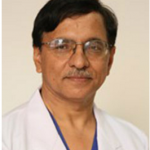Hip Replacement
What is hip replacement?
Hip Replacement Surgery- Hip replacement, or arthroplasty, is a surgical procedure in which the diseased parts of the hip joint are removed and replaced with new, artificial parts. These artificial parts are called the prosthesis.
Goals- The goals of hip replacement surgery include increasing mobility, improving the function of the hip joint, and relieving pain.
What are the different treatment methods?
- Traditional Surgery.
- Minimally Invasive Surgery.
- The Artificial Joint.
- Cemented and Uncemented Parts
The two major types of hip replacement surgery: traditional and minimally invasive, also called mini-incision hip replacement.
Traditional Surgery- In a traditional surgery, the surgeon makes a 10- to 12-inch incision through some of the muscles around the hip to expose the joint. Then the surgeon removes the damaged bone and cartilage and replaces them with an artificial joint, or prosthesis.
Minimally Invasive Surgery: In minimally invasive surgery, the surgeon makes one or two much smaller incisions between the muscles. These incisions may be in the back, side, or front of the hip. The recovery time for the mini-incision surgery is shorter than for traditional surgery.
Doctors tend to recommend minimally invasive surgery for younger patients and those who are of normal weight and healthier than those who are candidates for traditional hip replacement surgery.
The Artificial Joint: The artificial joint will consist of two basic parts: a ball made of highly polished strong metal or ceramic material and a socket made of plastic, ceramic, or metal. The ball attaches to the top of the thigh bone, or femur; the new socket attaches to your pelvis.
Cemented and Uncemented Parts
- These components come in two basic varieties: cemented and uncemented, which refers to the way the parts are attached to your existing bone.
- Surgeons fasten cemented parts to existing, healthy bone with a special glue or cement. Uncemented parts rely on a process called biologic fixation to hold them in place. This means that the parts are made with a porous surface. Over time, the patient’s own bone grows into the holes in the joint surface to secure them.
- Sometimes surgeons use an uncemented part for the socket and a cemented part for the femur. This combination is called a hybrid replacement.
- Studies show that cemented and uncemented joints are similarly successful; however, doctors usually use cemented joints for older, less active people and people with weak bones.
- Uncemented joints are often reserved for younger, more active people. The main disadvantage of uncemented joints is a longer recovery time because it takes time for bone to grow into the surface of the replacement part(s). Also, recovery may be more painful as bone grows into the prosthesis.
What are Hip Implants?
Hip implants are medical devices intended to restore mobility and relieve pain usually associated with arthritis and other hip diseases or injuries. Factors that influence the longevity of the device include the patient’s age, sex, weight, diagnosis, activity level, conditions of the surgery, and the type of implant chosen.
There are currently five types of total hip replacement devices available with different bearing surfaces. These are:
- Metal-on-Polyethylene: The ball is made of metal and the socket is made of plastic (polyethylene) or has a plastic lining.
- Ceramic-on-Polyethylene: The ball is made of ceramic and the socket is made of plastic or has a plastic lining.
- Metal-on-Metal: The ball and socket are both made of metal.
- Ceramic-on-Ceramic: The ball is made of ceramic and the socket has a ceramic lining.
- Ceramic-on-Metal: The ball is made of ceramic and the socket is made of metal.
What is Hip Resurfacing?
Hip resurfacing has been developed as a surgical alternative to total hip replacement (THR). The procedure consists of placing a cobalt-chrome metal cap, which is hollow and shaped like a mushroom, over the head of the femur while a matching metal cup (similar to what is used with a THR) is placed in the acetabulum (pelvis socket), replacing the articulating surfaces of the patient's hip joint and removing very little bone compared to a THR. When the patient moves the hip, the movement of the joint induces synovial fluid to flow between the hard metal bearing surfaces lubricating them when the components are placed in the correct position. The surgeon's level of experience with hip resurfacing is most important; therefore, the selection of the right surgeon is crucial for a successful outcome. Health-related quality of life measures are markedly improved and patient satisfaction is favourable after hip resurfacing arthroplasty.
How is it diagnosed?
The diagnosis required before the procedure is:
- Blood Tests
- Urine
- EKG
- Chest X rays
What are the Recent advances in hip replacement surgery?
Advances in surgical technology have improved the longevity and recovery time for total hip replacement. Replacement surgery previously required a long posterior incision with an extended recovery time, usually three to four months.
Today, less invasive techniques, including the procedure known as a direct anterior total hip replacement, allow surgeons to replace the joint through one small incision made at the front of the thigh.
This approach provides a significantly shorter and faster recovery period. With this approach, the large gluteal muscles remain intact, which reduces the chances of dislocation. This advancement also allows patients to resume their normal activities much more quickly.
The advances in orthopaedic surgery also have improved the hip arthroscopy procedure.
Hip arthroscopy is a minimally invasive procedure done with two or three tiny incisions. Pencil sized instruments are placed in the hip and torn cartilage can be resected. In this manner, some patients can avoid joint replacement surgery. Those that have advanced arthritis can be treated with injection therapy or joint replacement.
Metal-on-metal implants in total hip replacement have been introduced with the goal of reducing wear particles and increasing the life of the total hip replacement. However, the newer designs are constructed with aluminumoxide ceramic, which promises lower incidence of breakage and wear.
The latest advanced technology, a percutaneously-assisted “SUPERPATH™” approach, involves sparing the surrounding muscles and tendons when performing total hip replacement surgery. This technique builds a traditional hip implant in-place without cutting any muscles or tendons. Additionally, this is done without having to dislocate the hip during surgery, a common element to all other hip replacement surgery techniques. The SUPERPATH™ hip replacement is a new technique using superior capsulotomy that allows for implantation of the total hip components under direct vision through a single incision. The advantages are:
- Shorter recovery times
- No activity limitations
- Less pain
- Decreased dislocation
- Less scarring
- More natural feeling hip
What is the Cost?
- The cost for single hip replacement is 6000 USD and if both are replaced then the cost is around 11000 USD.
What is the success rate?
- The success rate for hip replacement surgery in India is about 90-95 per cent.
What is the treatment duration?
- The time required for the hip replacement is 2-3 hours whereas the hospital stay would last for 4-6 days. The patient would have to stay in the hospital for 4-6 weeks.
What are the precautions after the surgery?
Some of these precautions are:
- Do not cross your legs when you are sitting, standing or lying down.
- Sit in a firm chair with a straight back and armrests.
- Avoid chairs that are too low. Your hips should be higher than your knees when you are sitting.
- Avoid soft chairs, rocking chairs, stools, or sofas.
- Do not dress, standing up. Sit on a chair or the edge of your bed, if it is stable.
- Try not to sit in the same position for more than 30 to 40 minutes at a time.
- You must have a pillow between your thighs if you lie on your side.
- Lie on your back while resting in bed. Keep a pillow between your thighs to prevent your knees from touching.
- Do not cross your legs.
- Do not drive until your doctor says you may.
- When you are bathing or showering, do not sit in the bottom of a regular bathtub. You may stand in the shower if you like. You can also use a special tub seat or a stable plastic chair for sitting in the shower.
Orthopedics Hospitals in India
| Orthopedics Top 20. Top Ranked Hospitals for Orthopedics in India. Get Opinion and cost estimate from any three Hospitals | Times of India National Rank in Orthopedics | The Week National Rank in Orthopedics |
|---|---|---|
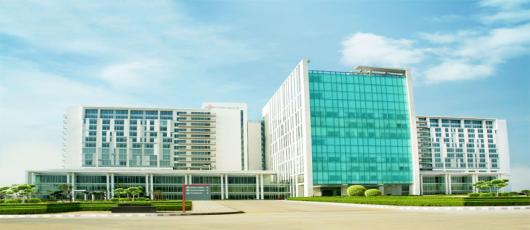
Medanta – The Medicity is one of India's largest multi-super specialty institutes located in Gurgaon, a bustling town in the National Capital Region. Founded by eminent cardiac surgeon, Dr. Naresh Trehan, the institution has been... + Read More
Size of Hospital (Beds) : 1,250
Accredited By :
|
1 | 8 |

Max Multi Speciality Hospital, Patparganj, subsidiary of Max healthcare that have 11 top hospitals in Delhi- NCR, Punjab and Uttarakhand with over 1900 bedding facilities including 525 ICU bedding, 2100 world class doctors. They follow a... + Read More
Size of Hospital (Beds) : 500
Accredited By :
|
11 | |
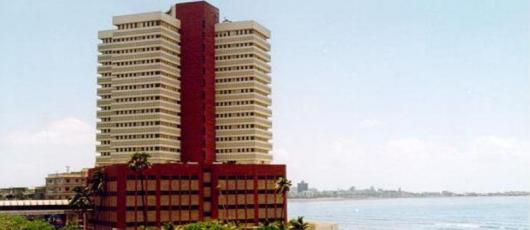
Established in the early 1950's under the leadership of the late Shri P.D. Hinduja, our vision is to deliver quality healthcare. As an ultramodern tertiary care hospital in Mumbai, India we are motivated to lead the pathway to medical... + Read More
Size of Hospital (Beds) : 400
Accredited By :
|
12 | 15 |
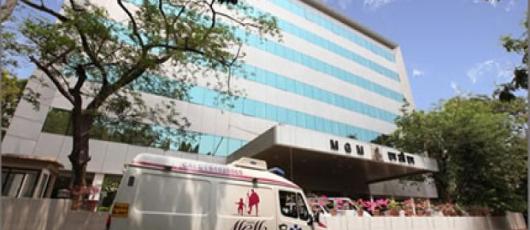
The Mahatma Gandhi Mission (MGM) New Bombay Hospital Vashi is one of the most advanced multi-specialty tertiary care centres in the heart of Navi Mumbai in India. Since 1993, the hospital has experienced rapid growth to become a key player... + Read More
Size of Hospital (Beds) : 176
Accredited By :
|
13 | |
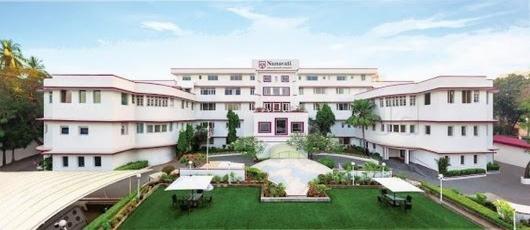
The iconic healthcare institution of Mumbai, Dr. Balabhai Nanavati Hospital, blessed by Mahatma Gandhi and inaugurated in 1950 by India’s first Prime Minister Jawaharlal Nehru, is now reintroduced asNanavati Super Speciality Hospital.... + Read More
Size of Hospital (Beds) : 350
Accredited By :
|
14 | |
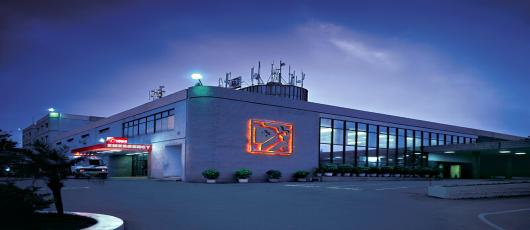
Apollo hospital , Hyderabad is the best hospital in the world , in terms of technical expertise , deliverables and outcomes. The first health city in Asia and a perfect example of an integrated healthcare system offering solutions across... + Read More
Size of Hospital (Beds) : 350
Accredited By :
|
18 | |
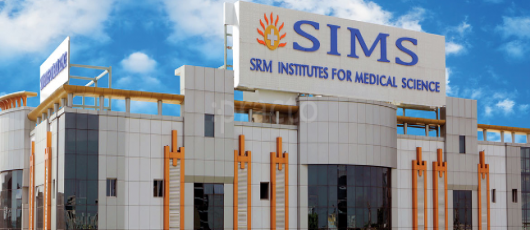
SIMS Hospital – Vadapalani, Chennai renders 360 degree advanced tertiary healthcare services with multi-super speciality and, very soon, a state-of-the-art multi-organ transplant service. With the finest combination of experience,... + Read More
Size of Hospital (Beds) : 350
Accredited By :
|
19 | |
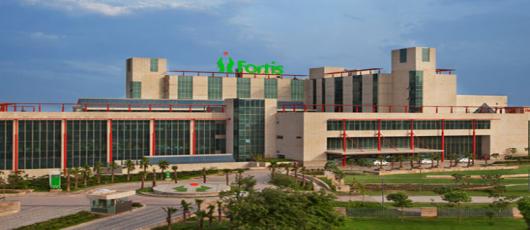
Fortis one of their leading health care centers is located at Guargaon. Fortis hospital Guargaon Set up over 11-acres, with a provision of 1000 beds. The Fortis Memorial Research Institute (FMRI) is a quaternary care and multi-speciality... + Read More
Size of Hospital (Beds) : 1000
Accredited By :
|
2 | |
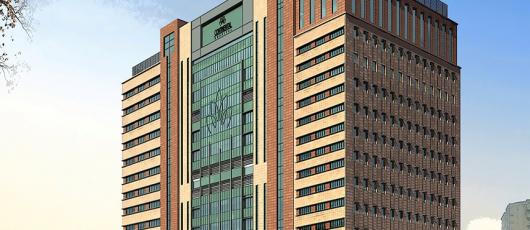
Continental Hospitals is a part of the Parkway Pantai Ltd. Parkway Pantai is one of the region's largest integrated private healthcare groups with a network of 22 hospitals and more than 4,000 beds throughout Asia, including Singapore,... + Read More
Size of Hospital (Beds) : 750
Accredited By :
|
20 | |
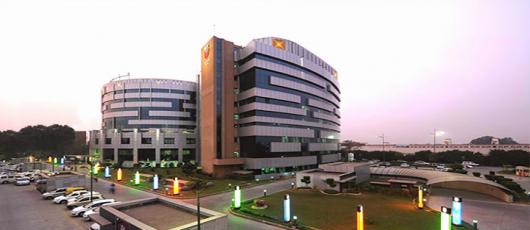
In 1930 , at Lahore Dr. B.L. Kapur an distinguished Obstertrician and Gynaecologist set up a Charitable Hospital. He moved to post-separation India and set up a Maternity Hospital at Ludhiana in 1947. In 1956 on the request of the Prime... + Read More
Size of Hospital (Beds) : 650
Accredited By :
|
3 | |
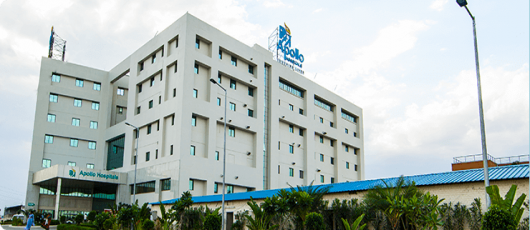
In 1983 , the Apollo Group established the flagship hospital named as Apollo Hospital , Chennai. The Hospital has 60 departments organized by Internationally Trained Doctors , having hi-tech facilities of vaious health disorders and... + Read More
Size of Hospital (Beds) : 500
Accredited By :
|
4 | 6 |
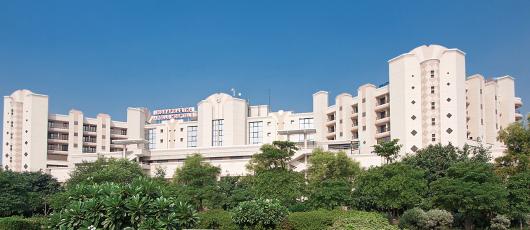
The India’s First Hospital which is Internationally Accredited by Joint Commission International(JCI) is the Indraprastha Apollo Hospital, New Delhi. It is the best multi-speciality tertiary acute care hospitals with over 700 beds. It... + Read More
Size of Hospital (Beds) : 718
Accredited By :
|
5 | 10 |
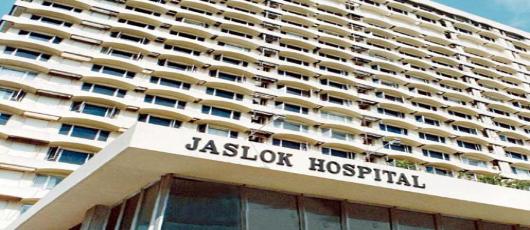
Jaslok Hospital was set up in 1973 with a very simple mission. Our founders, Jasoti and Lokoomal Chanrai, wanted to ensure that we provide the best possible medical care using state-of-the-art technology to every single patient,... + Read More
Size of Hospital (Beds) : 600
Accredited By :
|
6 | |
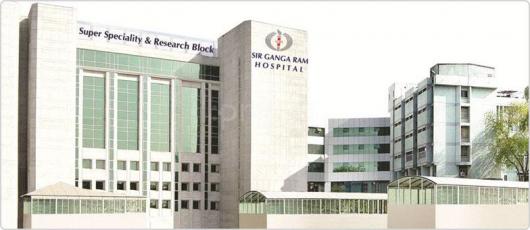
Sir Ganga Ram Hospital is a 675-Beded multi-speciality state-of-the-art Hospital in India. It provides comprehensive Healthcare India services, and has acquired the status of a premier medical institution. It is the only hospital in the... + Read More
Size of Hospital (Beds) : 675
Accredited By :
|
7 | 13 |

Fortis Hospital, Mulund is a JCI accredited, 300-bed multi-speciality tertiary care hospital providing a range of diagnostic and treatment services. With cutting edge technology, highly skilled and experienced surgeons and paramedical... + Read More
Size of Hospital (Beds) : 300
Accredited By :
|
8 | |
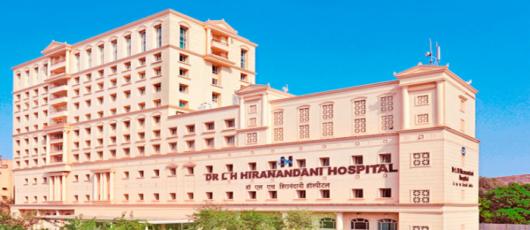
Dr L H Hiranandani was the inspiration behind the edifice. He was born in 1917 in Thatta, Sind (now in Pakistan). The family migrated to Mumbai in 1937. He completed his medical education in 1942. He was keen to further his education and... + Read More
Size of Hospital (Beds) :
Accredited By :
|
9 |










































